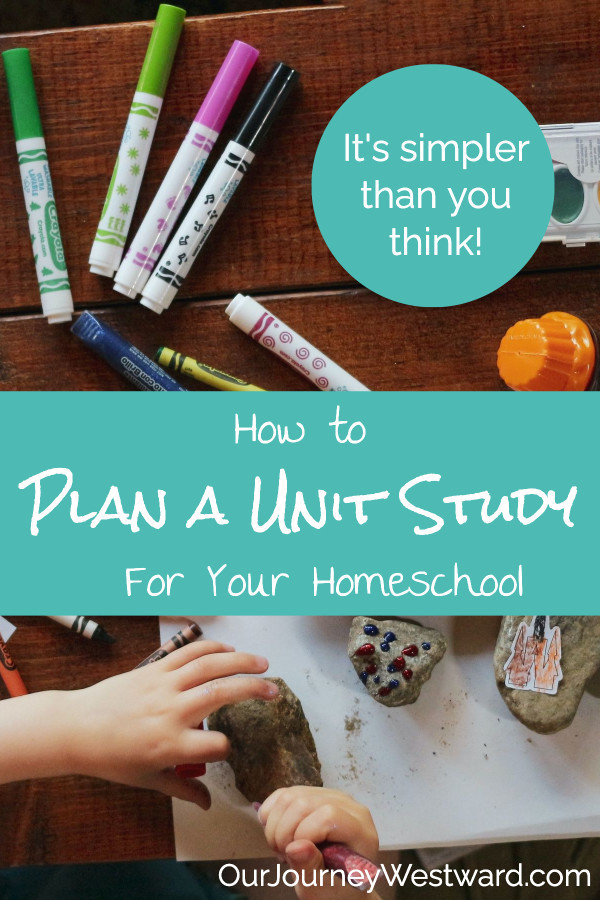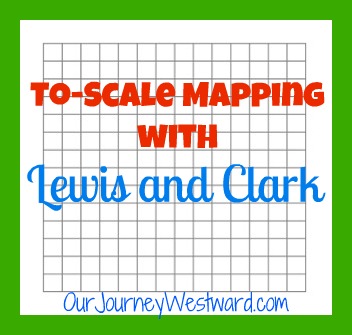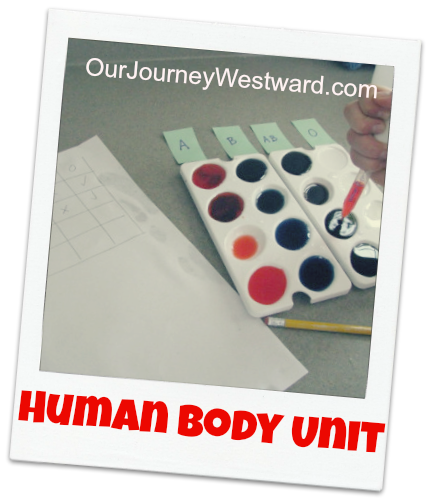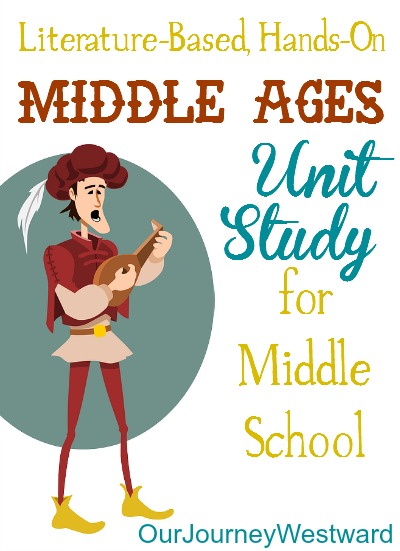Planning a Small Unit Study
We’re finally into some practical posts in my series about unit studies! In my first post, I wrote about how I design unit studies for our homeschool. In the second post, I wrote about incorporating project-based learning into the units. Now, I’d like to share a very short and simple study we completed on magnets….





